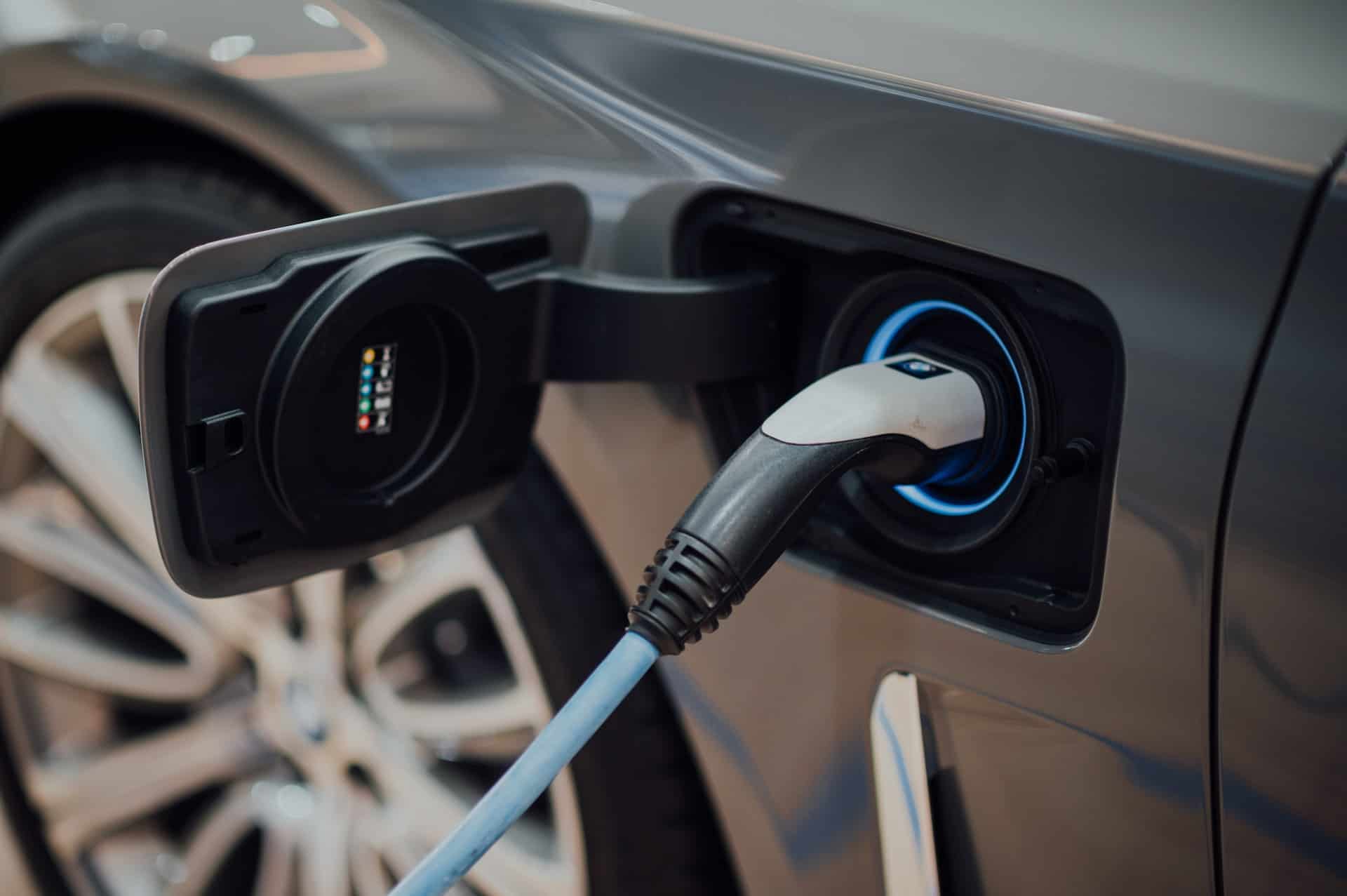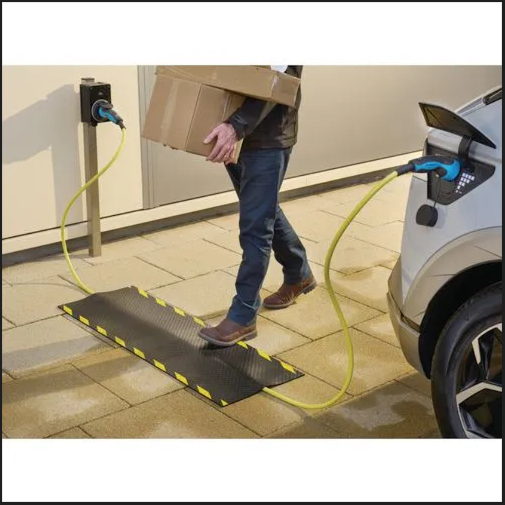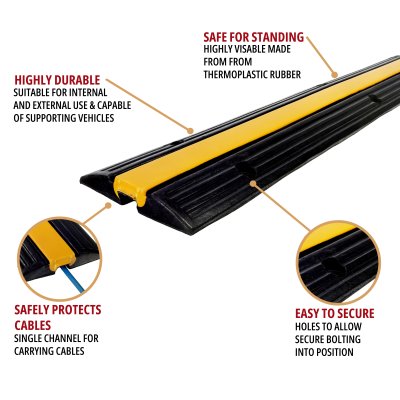
In the dynamic landscape of electric vehicle (EV) adoption, fleet decision-makers are often preoccupied with range, charging infrastructure, and operational logistics. Understandably, the maintenance of electric vehicle charging cables might seem inconsequential in comparison. However, overlooking the care of these cables can lead to inefficiencies, safety hazards, and increased operational costs. Let's delve into why proper charging cable care is essential and what fleet operators need to know.
Operational Efficiency and Safety: Electric vehicle charging cables are more than just conduits for electricity; they significantly influence charging speed and operational efficiency. A damaged or substandard cable can lead to slower charging times, energy wastage, and safety risks such as electric shocks or fires. Fleet operators must prioritize cable maintenance to ensure seamless operations and mitigate safety concerns on a large scale.

Minimizing Energy Loss: High-quality, well-maintained cables minimize energy loss during the charging process. Conversely, lower quality or deteriorating cables increase resistance, resulting in wasted energy and prolonged charging times. Fleet managers should emphasize regular cable checks as part of their maintenance routine to identify and address any issues promptly.
Proper Storage and Handling: Drivers play a crucial role in preserving the integrity of charging cables. Storing cables in a clean, dry place when not in use prevents corrosion, while avoiding harsh sunlight helps maintain the cable's outer layer. Additionally, drivers should refrain from yanking the cable out of the vehicle or charging point, as this can damage connectors and the cable itself. Instead, using the connector handle for removal is recommended.
Scheduled Replacement: While charging cables are designed to withstand frequent use, they are not immune to wear and tear. Visible signs of damage such as fraying or cracks indicate the need for replacement. Moreover, charging inconsistencies or interruptions may signal underlying cable issues. Fleet operators should establish a schedule for cable replacement, considering factors like usage intensity and environmental conditions.
Regulatory Compliance and Testing: While there's no mandatory requirement for portable appliance testing (PAT) of charging cables under current regulations, commercial vehicle operators should conduct regular inspections and thorough testing. This includes assessing insulation resistance, contact resistance, and continuity tests to ensure compliance with safety standards and minimize operational risks.

Energy Efficiency Concerns: The Association of Fleet Professionals (AFP) is investigating discrepancies in energy loss during the charging process, with some fleets reporting losses of up to 15%. Factors such as cable length and charging infrastructure efficiency contribute to these discrepancies. Fleet managers should collaborate with industry organizations to better understand and address energy efficiency challenges.
In conclusion, electric vehicle charging cable care is integral to optimizing operational efficiency, ensuring safety, and reducing costs for fleet operators. By implementing a proactive maintenance strategy, adhering to regulatory standards, and staying informed about emerging trends in energy efficiency, fleets can navigate the transition to electric mobility successfully. Effective cable care not only benefits individual fleet operations but also contributes to the broader sustainability goals of the transportation sector.
Post time: Apr-17-2024





